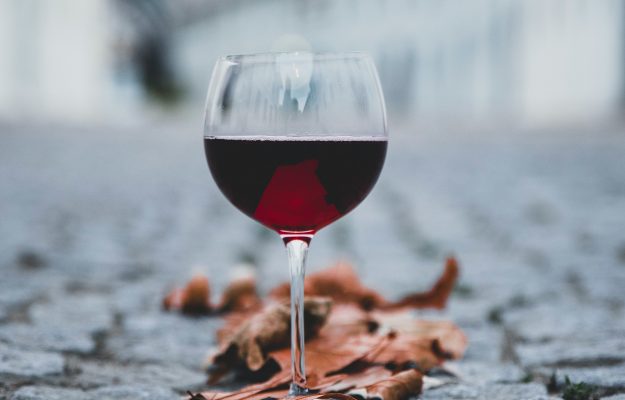Natural wine is such a diversified world that it escapes being simplified and defined. But, it is also a microcosm that has now come out of its niche, and is getting more and more winemakers, enthusiasts, wine bars, wine shops and restaurants throughout Italy to follow its production principles that ban chemistry and biotechnology. A few years ago, the “Consorzio Viniveri”, which counts 24 winemakers from Italy and Slovenia, set itself precise rules. And, “La Regola” indicates, “the actions that allow a production to express itself fully and achieve the objective of obtaining wine without the use of accelerators and stabilizers, recovering the best balance between man’s actions and nature’s cycles”. It is a series of rather simple rules, which, though they may be “sufficient” to guarantee genuineness, are sometimes not sufficient to guarantee good wine. As a matter of fact, technical imperfections are often passed off as typical of a genuine wine, but sometimes it is undrinkable. This has become a rather urgent matter and is at the center of the manifesto, “Form and substance, lights and shadows”, signed at “Viniveri” (held recently in Cerea) by Sandro Sangiorgi, one of the founders of Slow Food as well as one of the major popularizers and wine experts in Italy, about which he has written for Slow Wine, Gambero Rosso, Sale & Pepe, Cucina Moderna and GQ, and by Paolo Vodopivec, president of “Viniveri”.
Focus - The Manifesto “Form and Substance, Lights and Shadows”
Many producers are getting dangerously used to more or less serious technical imperfections. They consider them venial sins or, worse yet, characteristic aspects of their wines, and often also their colleagues’ wines. I had a feeling it would happen, but, I carefully avoided believing it. So, from the conventional wineries’ devastating misunderstanding that prompted them to sign appeals emphasizing that chemistry and biotechnology were indispensable to define wine as the fermented grape must, we are now moving on to the devastating paradox of those who consider technical competence an obstacle to creating a fragrant liquid, as if to say, the less you know, the better it is.
There is a completely unmotivated neglectful attitude towards the relationship between form and substance, and a widespread indulgence that clears undrinkable liquids through customs. The key question is to never separate the concepts of form and substance. One must not give in to just the outward appearance, and at the same time, must not fall into the trap that genuineness is the only reference to quality. Engaging in an activity in which together with agronomic techniques and fieldwork, there is spirituality, education, manual practices, ability to observe and compare with the public, one cannot think of letting only one of the two prevail — form or substance — it is one’s duty to pursue total beauty.
There is also the problem of perceiving and recognizing quality, an aspect that should never be confused with genuineness. The latter is a fundamental part of good wine. The expression “nothing has been done to the wine”, however, which justifies bad smells and instability, reveals just how far we are from the ethics of form and substance. Wine is a pleasurable drink. It is content and container, flesh and breath, blood and nerves, welcome and complex, dreams and reflection.
In addition to learning how to make wine, ripen and refine the fruit of one’s agricultural work, it is then inevitable to educate oneself to tasting, to cultivate the sense of beauty that elevates and does not flatten so much effort. It seems incredible, but conventional wines have denied, and are denying returning the land, while many natural wines are hiding or confusing it in the meshes of endemic infections, gross reductions and an inconceivable lack of protection.
Copyright © 2000/2025
Contatti: info@winenews.it
Seguici anche su Twitter: @WineNewsIt
Seguici anche su Facebook: @winenewsit
Questo articolo è tratto dall'archivio di WineNews - Tutti i diritti riservati - Copyright © 2000/2025








































































































































































































